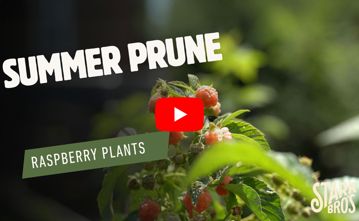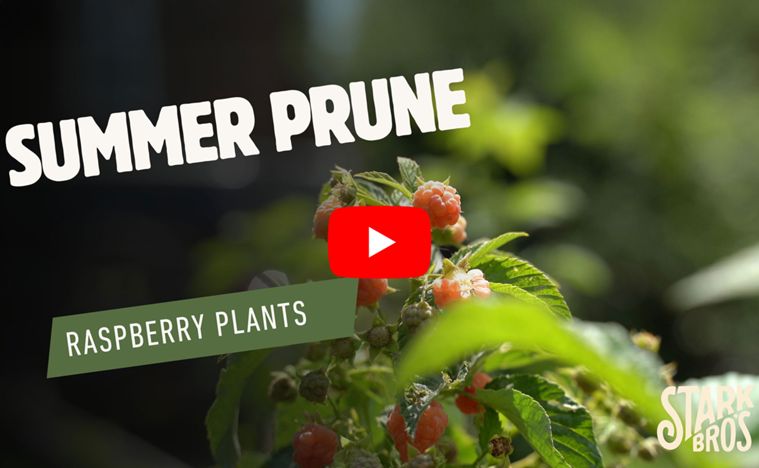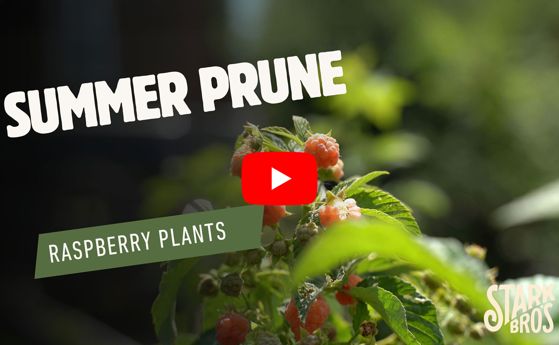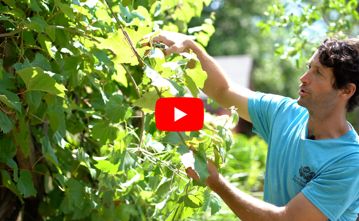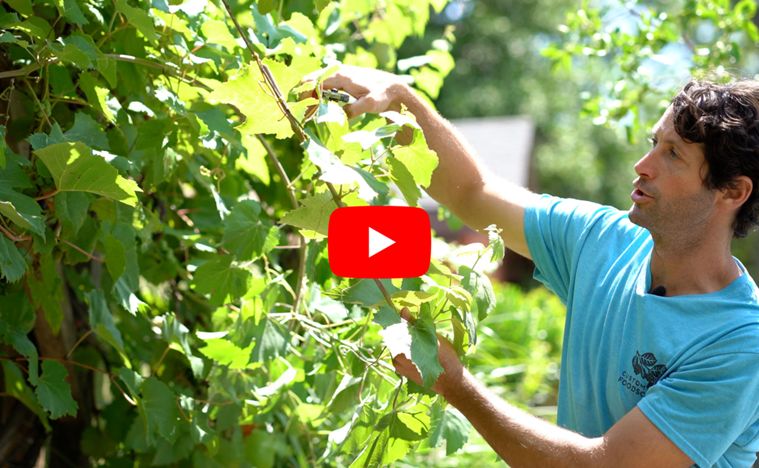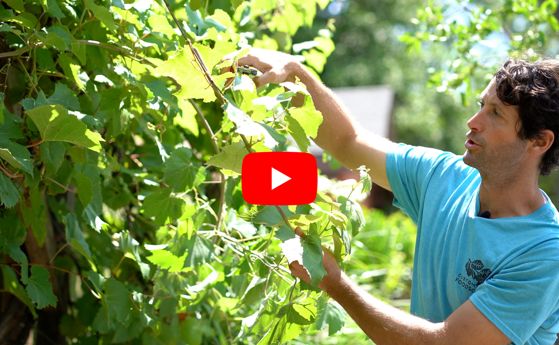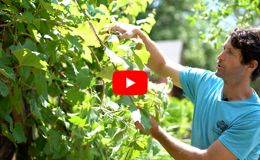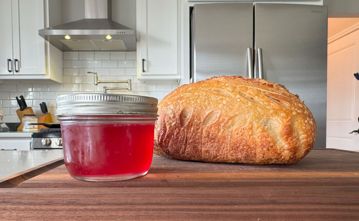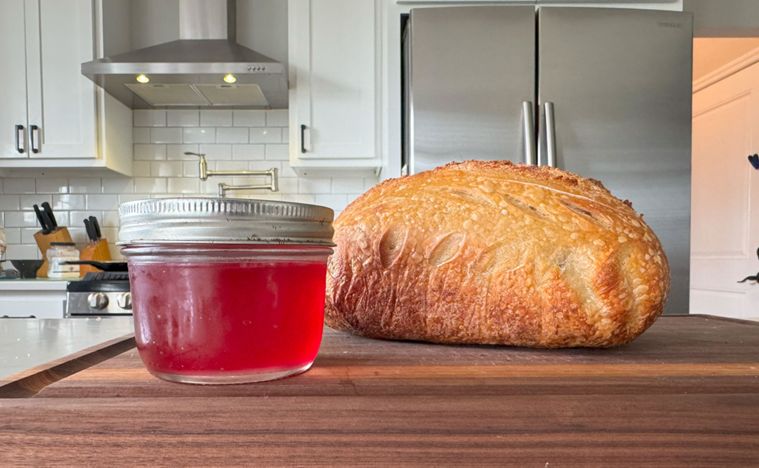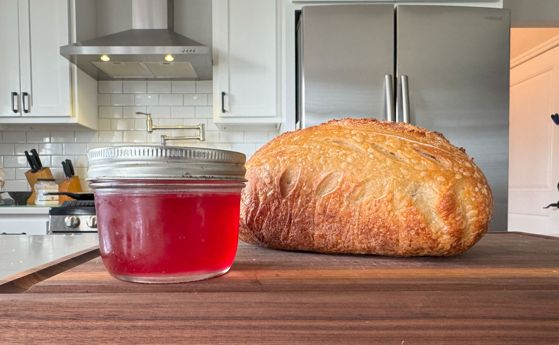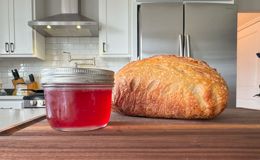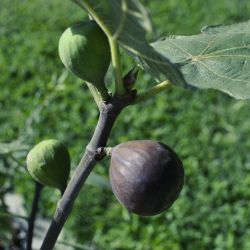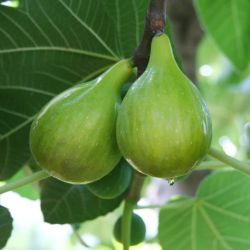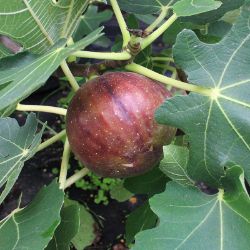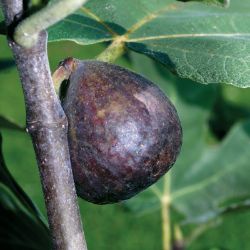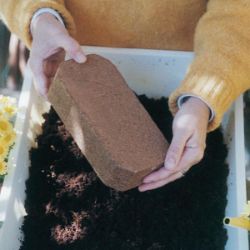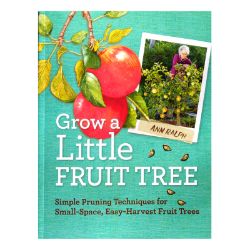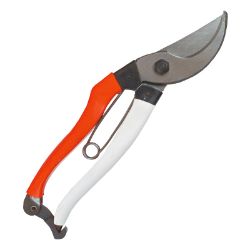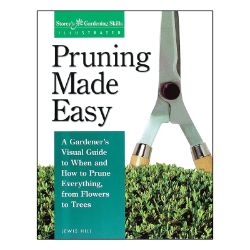Planting Fig Trees
Successfully establishing a young fruit tree starts with your planting site and method. Once a fruit tree is established, it needs little assistance to grow and bear fruit; but you’ll want to make sure you give your trees the right foundation.
Fruit trees require fertile soil for good growth, so before you plant, check your soil pH. Contact your local County Extension Office for information about soil testing in your area, or purchase one of our digital meters for quick and accurate results. Fig trees enjoy a soil pH between 6.0 and 6.5.
NOTE: This is part 3 in a series of 10 articles. For a complete background on how to grow fig trees, we recommend starting from the beginning.
Planting Site
- Figs prefer a sunning location that gets sunlight 6 to 8 hours a day.
- Figs can be grown in a variety of soils, from light, sandy types to heavy clay.
- Figs do not like alkaline soils.
- Space your tree 10-35 feet apart, depending on variety.
Pollination
Figs will produce fruit WITHOUT pollination. The so-called fruit is actually an inverted flower, a fleshy receptacle which contains the tiny true fruits inside. So, no pollinator partners or insects are needed to produce the “fruit”. This holds true for all Ficus carica members.
Planting
- Dig a hole large enough to accommodate the root system.
- Plant your fig trees 2-4” deeper than they were in the nursery row or pot.
- Water your plant thoroughly.
- Do not fertilize your fig tree at time of planting.
- No pruning necessary at planting time.
- Keep the ground mulched around the trees to keep it free of weeds, but don’t cultivate so deeply that the surface roots will be damaged.
- Fig trees need winter protection if you live north of zone 7.
Potting Your Fig Tree
Fig trees may also be grown in containers and stored in an unheated basement or garage for the winter if they are not cold-hardy to your zone. If grown in pots, these trees should be repotted every second or third year with fresh soil.
- Potted trees should be planted at the same depth they are in the shipping pot.
- Choose a potting mix/medium rather than top soil to avoid any contaminants and avoid compacting around the roots within the container in the future.
- When planting in a container, the pot you choose needs to be large enough to accommodate the tree’s current root system with room to grow. Be sure the container you use has adequate drainage holes.
- In cool climates, keep protected until outdoor temperatures warm and the chance of frost is gone. Move the plant into a protected, sunny location, preferably with a southern exposure.
- Water as needed, when the potting mix in the container is dry to the touch an inch or so below the surface. Avoid overwatering and watering too frequently, as this creates an environment for root rot and other root-related issues.
- As your tree grows, you will be able to increase the pot size to allow for more room to grow. Restricting the roots in a smaller container may limit growth and fruit production.
- Pot-up your tree to a container that is still manageable for you, especially if you need to move the tree indoors for winter protection. You can expect to grow fig trees in 7-gallon, 10-gallon, 20-gallon containers and larger as needed.

